The next growth spurt for the retail giant may very well come from the addition of new locations, just with a much smaller footprint.
When we think of big box retailers, our thoughts quickly turn to massive locations that eat up a lot of square footage and parking lot space. The changing tides in the retail world have led some of them to rethink some things when it comes to future growth opportunities, and Target is at the forefront of that line of thinking. As Bloomberg reports, the next growth spurt for the retail giant may very well come from the addition of new locations, just with a much smaller footprint.This past week, Target held its annual fall national meeting at its Minneapolis headquarters. While numerous topics were addressed, one thing that stood out was a comment from chief executive officer Brian Cornell, who opened up about one of his long-term visions for the retailer. Cornell envisions the company eventually opening hundreds of what he refers to as “flex-format” stores, which require a much smaller footprint than a traditional Target store.
The company has already opened nearly two dozen of them in major cities such as Chicago and Philadelphia, and there are 25 more in the pipeline between the rest of this year and the end of 2017. The flex-format stores typically check-in at less than 50,000 square feet, and the concept opens up more options for expansion. As opposed to a massive lot that houses one of their familiar stores, the smaller stores can fit into downtown areas pretty easily, which is something that’s impossible for a big box-type store.
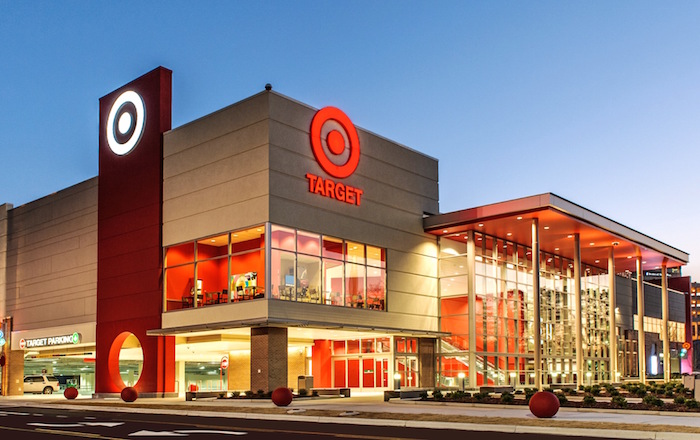
In addition to the smaller size, the concept is intriguing because it can be targeted to a specific area’s demographics. One of the locations that are in the pipeline is in the Tribeca neighborhood of New York City, and that’s an area that’s abundant with families. That translates to the planned flex-format store having a large focus on children’s merchandise. As Cornell explained, that’s “unlike our store at the University of Maryland, where there is a very little baby, not a lot of toys, and a big focus on beauty and apparel.”
Target’s biggest rival, Wal-Mart, abandoned its strategy of opening smaller stores earlier this year, but there’s a pretty glaring difference between the two behemoths strategies. Wal-Mart’s Neighborhood Market concept was generally focused on rural areas, and it just didn’t catch on as the company anticipated.
Related shopping malls and stores:
21 SEPTEMBER 2016, USA

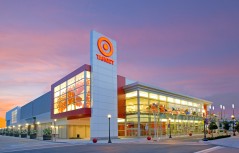
 Boohoo expands online presence with new marketplace for fashion
Boohoo expands online presence with new marketplace for fashion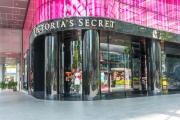 Victoria's Secret expands presence in Melbourne
Victoria's Secret expands presence in Melbourne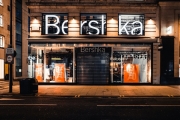 Inditex's Bershka set to enter indian market with Mumbai store
Inditex's Bershka set to enter indian market with Mumbai store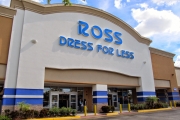 Ross stores expands across the U.S. with 24 new locations
Ross stores expands across the U.S. with 24 new locations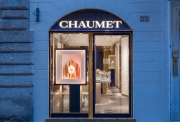 Chaumet opens doors to debut boutique in Italy
Chaumet opens doors to debut boutique in Italy Birkenstock is launching first store in France
Birkenstock is launching first store in France Salomon elevates brand presence with new Paris flagships
Salomon elevates brand presence with new Paris flagships  Amiri expands presence in California
Amiri expands presence in California  Crocs expands its presence in India with Apparel Group
Crocs expands its presence in India with Apparel Group  Best Buy Canada to expand presence with 167 small-format locations
Best Buy Canada to expand presence with 167 small-format locations  Arket expands into Italy with Milan flagship
Arket expands into Italy with Milan flagship